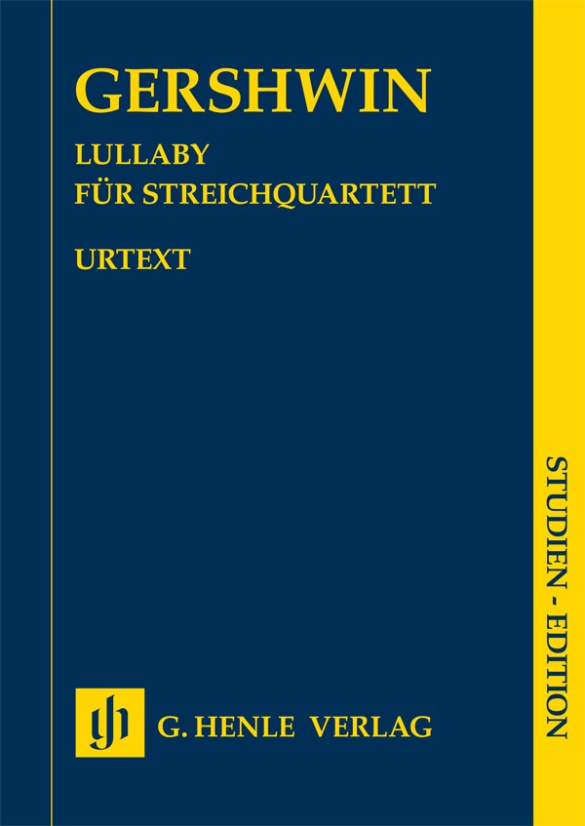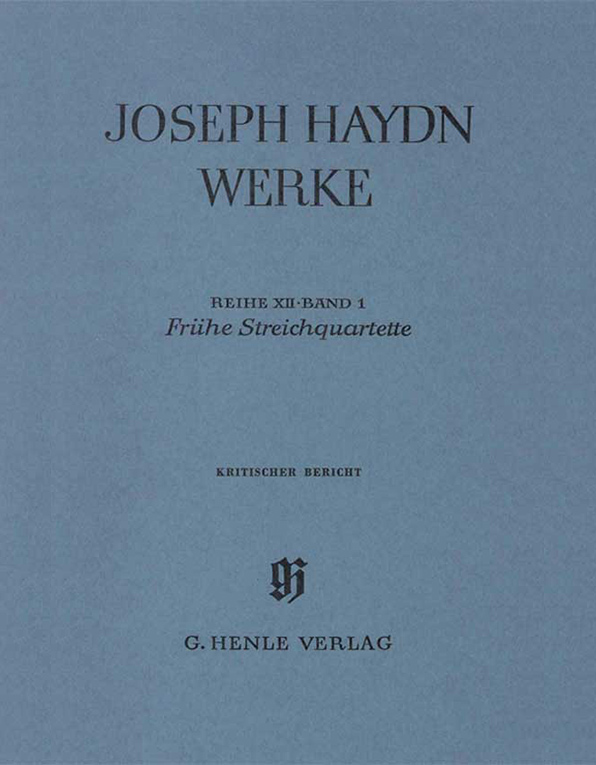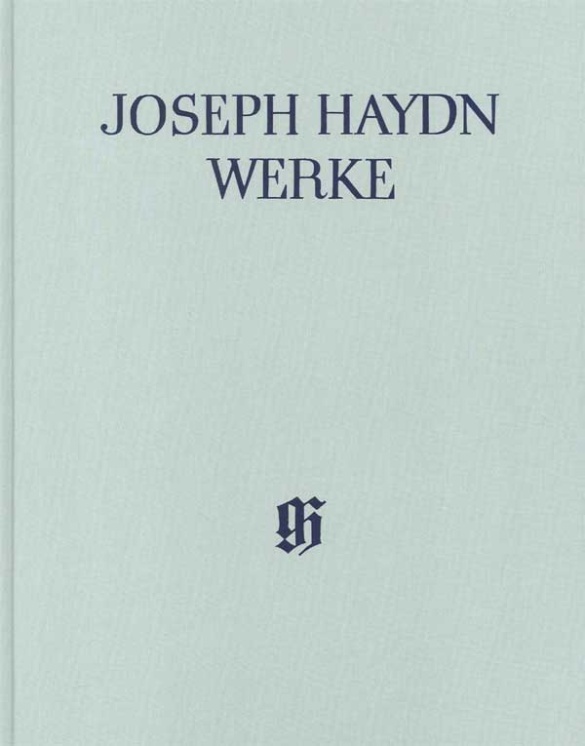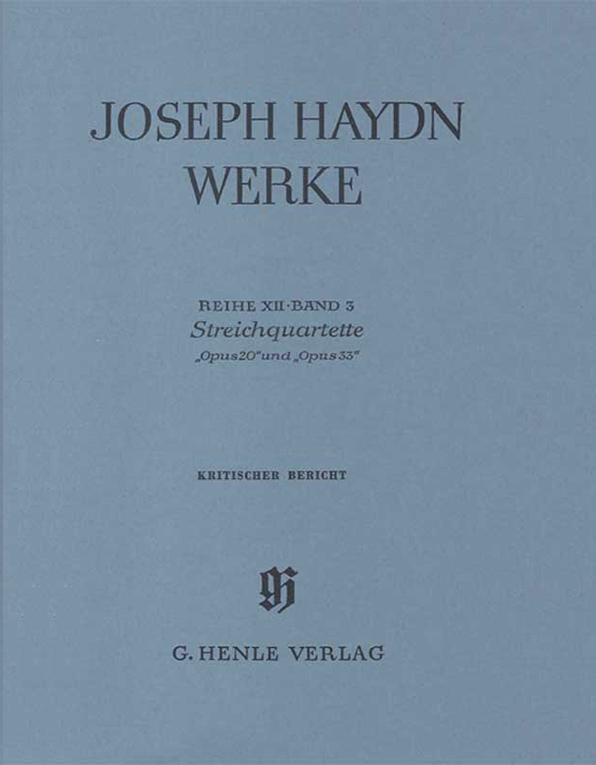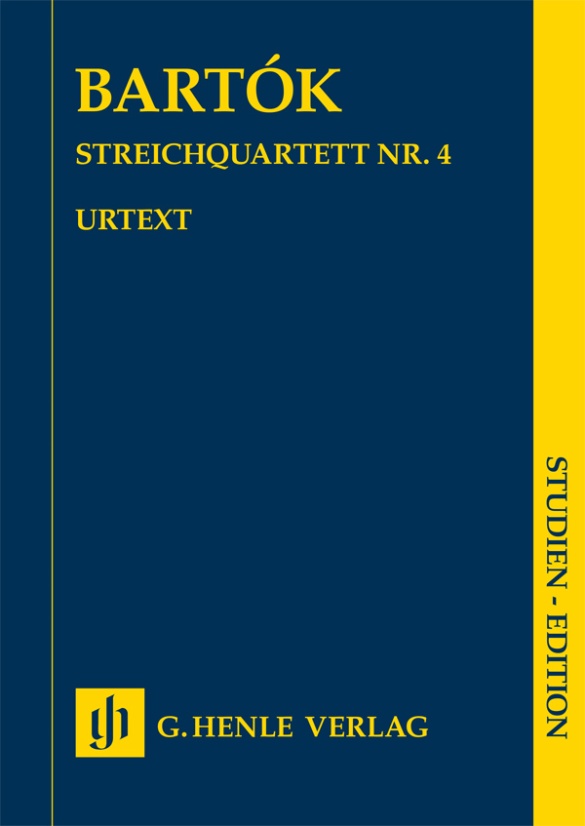George Gershwin
Lullaby
In 1919-20 George Gershwin was making a name for himself with Broadway songs and a first show of his own in New York. But he was already attracted to the world of classical music - a world he would enter with a bang in 1924 with his “Rhapsody in blue”. He prepared himself for this by taking an intensive course in composition, during which he wrote this brief “Lullaby” for string quartet as an exercise, probably in 1919. He liked its catchy melody so much that he later used it again in his one-act “jazz opera” “Blue Monday Blues”. “I find the piece charming and kind”, wrote his brother Ira in 1968 when the quartet movement appeared in print for the first time. Thus the world was given a second lullaby by this American composer - one worthy to stand alongside his famous “Summertime” from “Porgy and Bess”.
内容/詳細
作曲家について
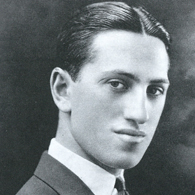
George Gershwin
The most successful composer of musicals in the 1920s, he wrote 28 musicals, largely to lyrics by his brother Ira, and more than 500 songs (including for 23 musicals by others). His fame today is based on his symphonic works and his opera “Porgy and Bess.”
| 1898 | Born Jacob Gershwine into ordinary circumstances in Brooklyn (New York) on September 26. |
| 1912 | Piano studies with Charles Hambitzer. The music of Berlin and Kern serves as his model. |
| 1914–17 | Employment in Tin Pan Alley as a song plugger for Jerome H. Remick and Company, publishers of popular music. Soon thereafter employed as a rehearsal pianist. |
| 1918 | Composer of songs for publisher T. B. Harms. |
| 1919 | First Broadway musical “La La Lucille.” |
| 1915–21 | Studies theory with Edward Kilenyi, a pupil of Mascagni. |
| 1920–24 | Music for the revues “George White’s Scandals.” |
| 1921 | Attends summer courses at New York’s Columbia University. |
| 1924 | “Rhapsody in Blue” for the band of Paul Whiteman, the then-king of jazz; the musical “Lady, Be Good!”, starring Fred and Adele Astaire, and his first collaboration with his brother Ira, serves as his breakthrough as a composer for theater. |
| 1925 | Piano Concerto in F major. |
| 1926 | Premiere of the musical “Oh, Kay!” |
| 1926/28 | Travels to Europe. |
| 1928 | Symphonic poem “An American in Paris.” |
| 1930 | Premiere of the musical “Girl Crazy.” |
| 1931 | Score for the film “Delicious.” |
| 1935 | Premiere of the opera “Porgy and Bess,” today his best-known stage work. |
| 1936 | Score for the film “Shall We Dance?” |
| 1937 | Death in Los Angeles on July 11. |
校訂者や運指担当者について

Norbert Gertsch (校訂)
Dr. Norbert Gertsch, born in 1967 in Rheinkamp/Moers, studied piano solo at the Mozarteum in Salzburg and read musicology and philosophy at the Paris Lodron University in Salzburg and the Ruperto Carola University Heidelberg on a scholarship from the “Studienstiftung des Deutschen Volkes”. In 1996 he wrote his doctoral thesis on Ludwig van Beethoven’s Missa solemnis (as part of the New Complete Edition) under Ludwig Finscher.
In the following year, he began to work at G. Henle Publishers, initially as an editor for electronic publishing. After working on a two-year project (1999–2000) sponsored by the German Research Foundation (DFG) preparing a new Beethoven Catalogue of Works, he became a scholarly editor at G. Henle Publishers. In 2003 he became Editor-in-Chief, in 2009 Deputy Managing Director and Head of Publishing. As of 1 January 2024, the Executive Board of the Günter Henle Foundation has appointed Dr. Norbert Gertsch, as the new managing director, succeeding Dr. Wolf-Dieter Seiffert.
Gertsch has published many Urtext editions for G. Henle Publishers, including volumes for a new edition of Beethoven’s Piano Sonatas together with Murray Perahia.
製品安全に関する情報

G. Henle Verlag
製品の製造元に関する情報はこちらでご覧いただけます。G. Henle Verlag
Forstenrieder Allee 122
81476 München
info@henle.de
www.henle.com
おすすめ
autogenerated_cross_selling
このタイトルを含む他の版


